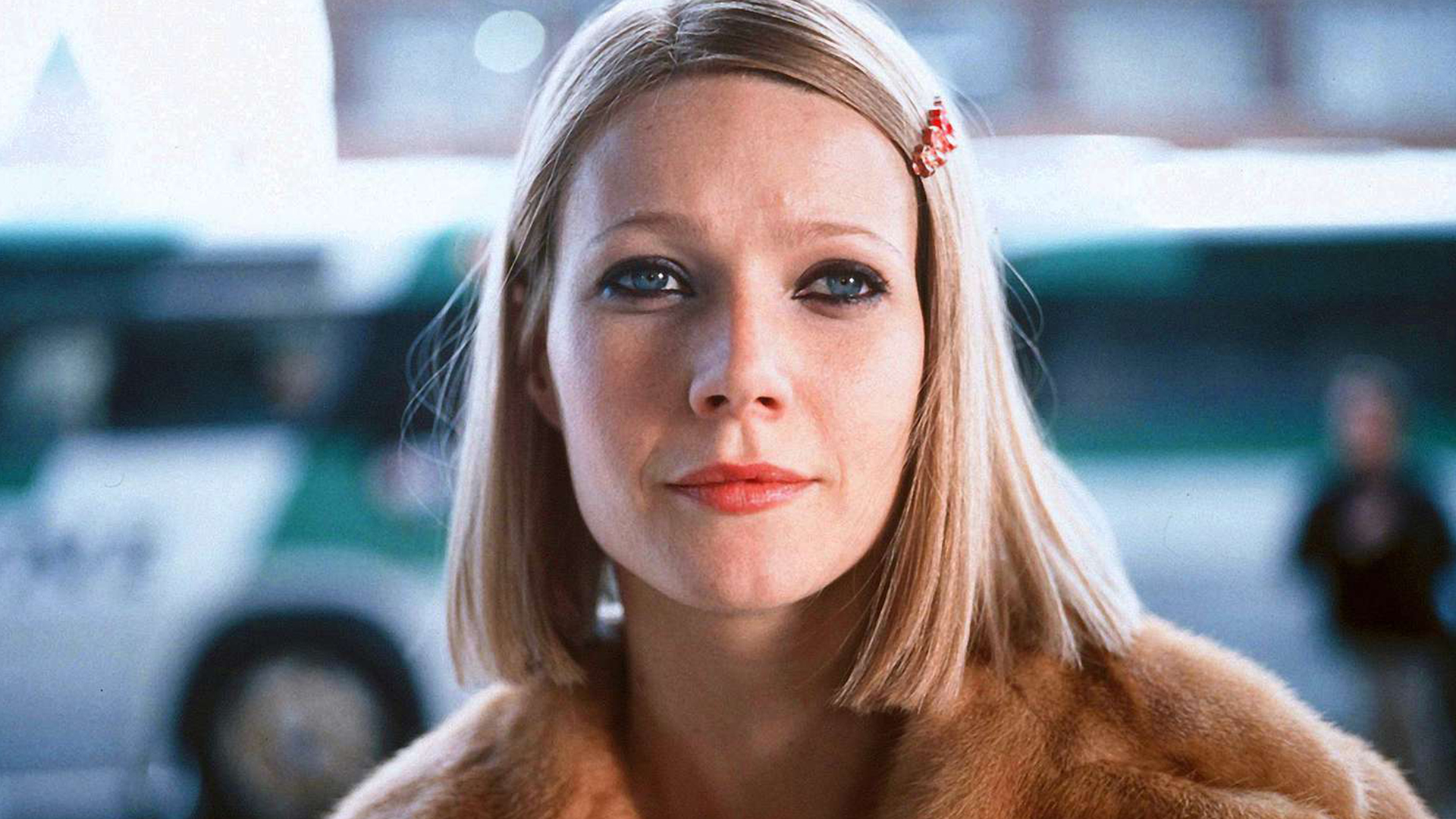Director: Ellen Spiro
USA, 1991, 25', HDD, color
English with Turkish subtitles
(In) Visible Women shows the heroic responses of three women with AIDS in the context of their respective communities. In the face of adversity, these women confront all aspects of the AIDS crisis in their lives. Through poetry, art, activism, and dance, they explode notions of female invisibility and complacency in the face of AIDS. We hear each woman describe how she came to terms with being HIV+ and joined others in speaking out about the neglected needs of women.
This program’s screenings are free admissions. Drop in, no reservations. As per legal regulations, all our screenings are restricted to persons over 18 years of age, unless stated otherwise.

The New Year is more than just a date change on the calendar. It often marks a turning point where the weight of past experiences is felt or the uncertainty of the future is faced. This season, Pera Film highlights films that delve into themes of hope, regret, nostalgia, and new beginnings.
Tuesday - Saturday 10:00 - 19:00
Friday 10:00 - 22:00
Sunday 12:00 - 18:00
The museum is closed on Mondays.
On Wednesdays, the students can
visit the museum free of admission.
Full ticket: 200 TL
Discounted: 100 TL
Groups: 150 TL (minimum 10 people)